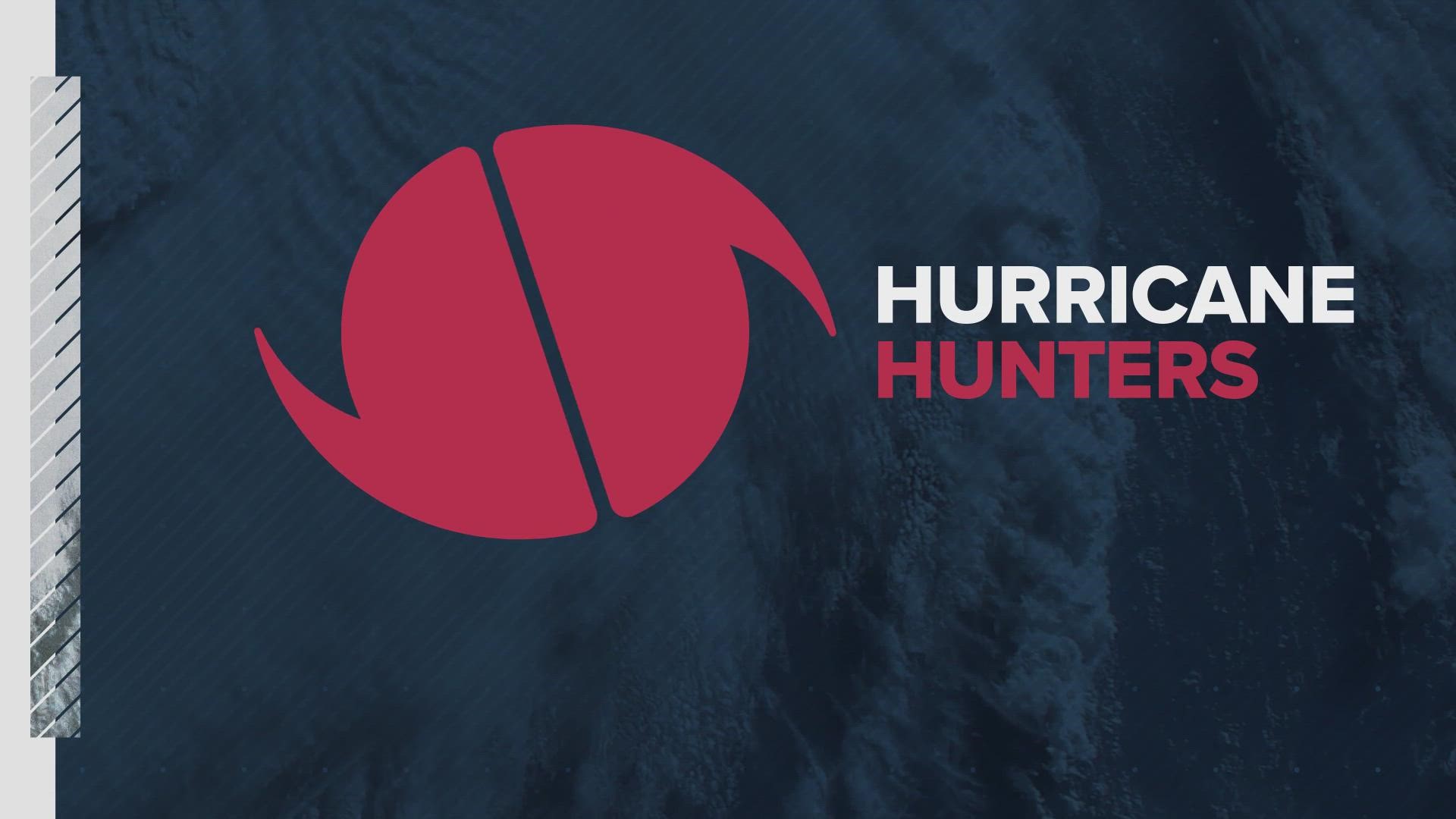JACKSONVILLE, Fla. — Hurricane Hunters provide a lot of information about a cyclone, but how are they even getting inside the storm?
For starters, they're flying a plane called a WC-130J. It's a modified version of the C-130 plane you might see dropping that "red stuff" on a fire out West.
These planes are TOUGH!
They can fly for longer periods of time and they can really take a beating. These airborne science missions are run by the 53rd Weather Reconnaissance Squadron, which has been flying into storms since 1944.
In the cargo section of the plane there are two different pallets of computer systems that take all of the data from the sensors on the plane's exterior to help determine what's going on inside the storm.
The Hurricane Hunters also drop dropsondes, parachute-type sensors. They float through the storm relaying information about a storm's pressure, wind speed, and direction. That information all comes together, gets processed, and is then shared with the National Hurricane Center for local meteorologists to share with you at home.
There are also Hurricane Hunters associated with the National Oceanic and Atmospheric Administration. They also fly specially equipped aircraft and collect data during hurricanes to help forecasters make more accurate predictions. Their fleet includes the P-3 Orion, which flies into the storm. NOAA’s two Lockheed WP-3D Orion four-engine turboprop aircraft, afectionately nicknamed "Kermit" (N42RF) and "Miss Piggy" (N43RF), probe every wind and pressure change, repeating the often grueling experience again and again during the course of an 8-10 hour mission.
NOAA also has the G-IV Jet, which flies above and around the storm. This aircraft paints a detailed picture of weather systems in the upper atmosphere surrounding developing hurricanes.

